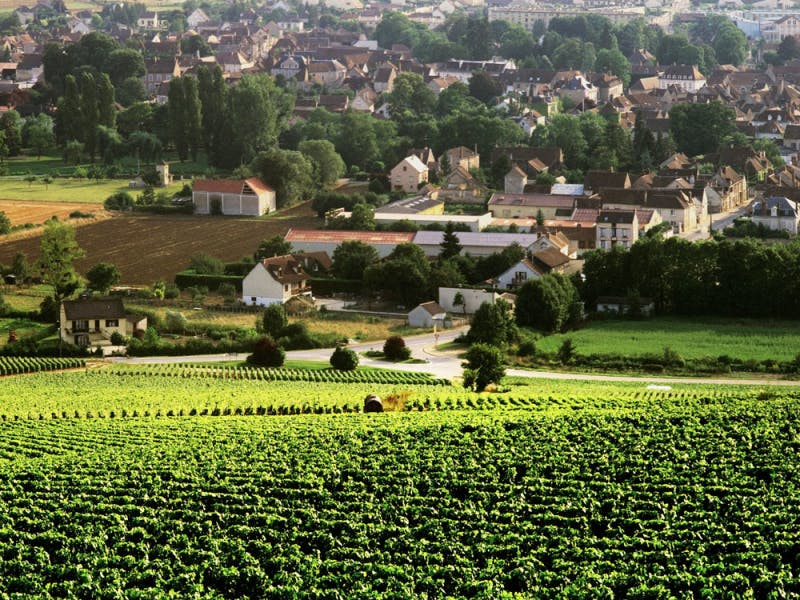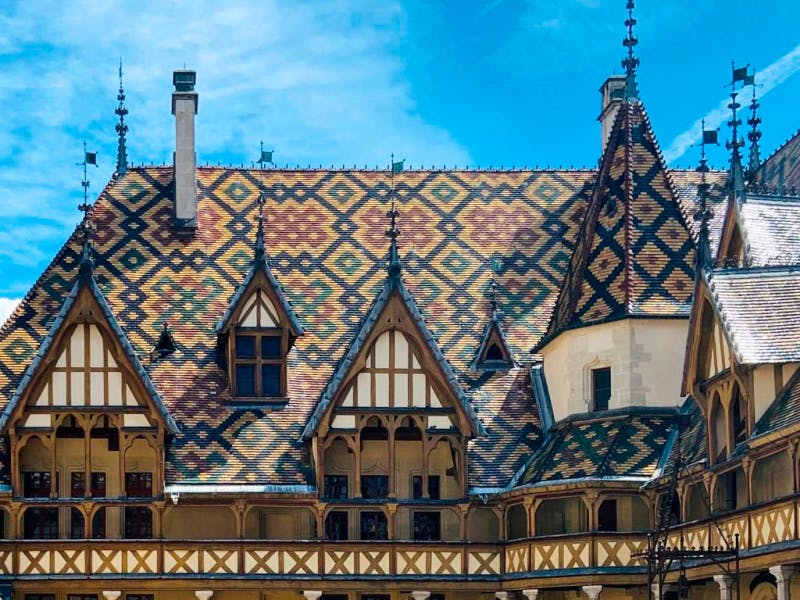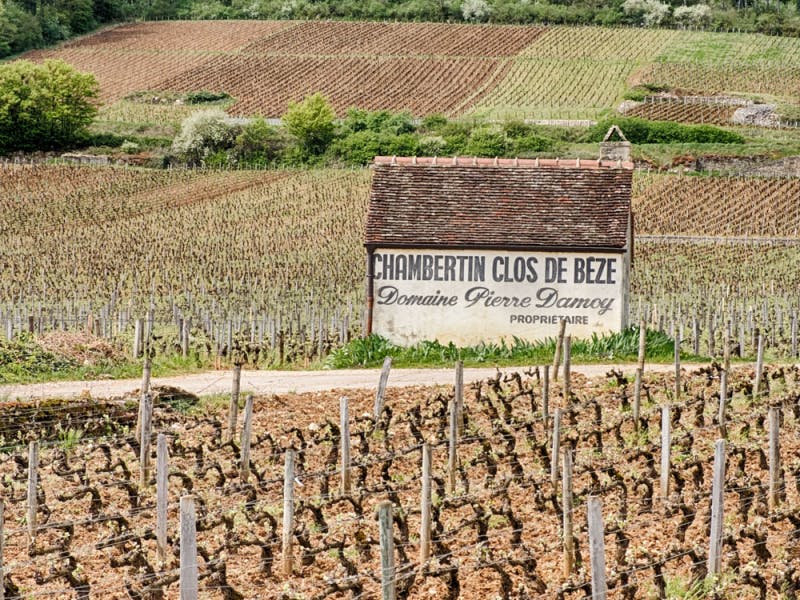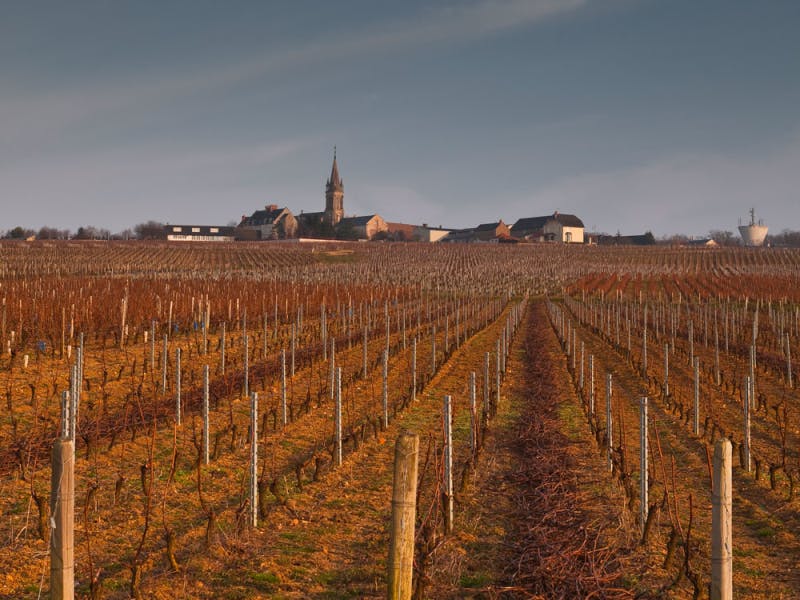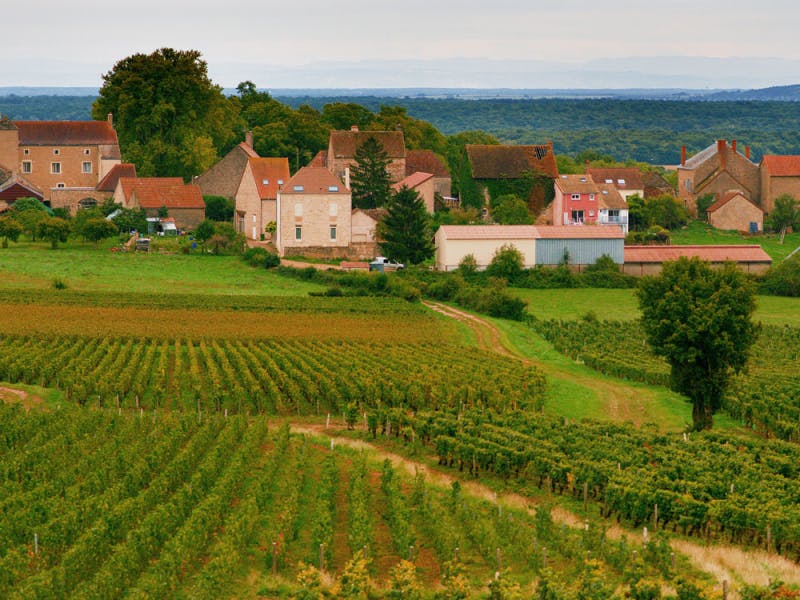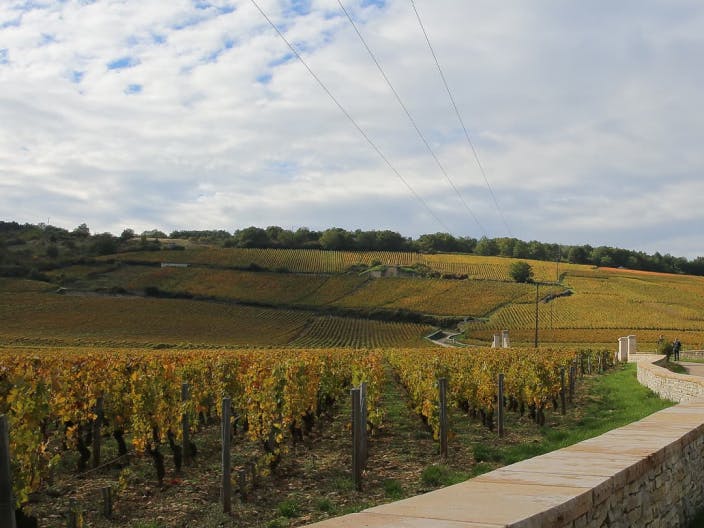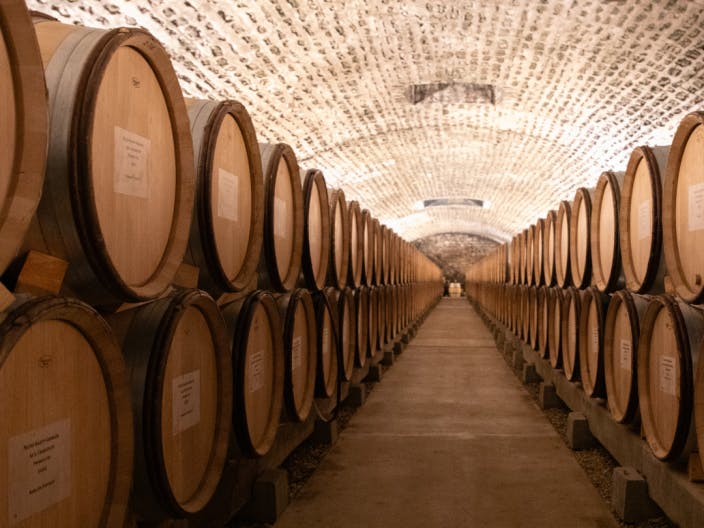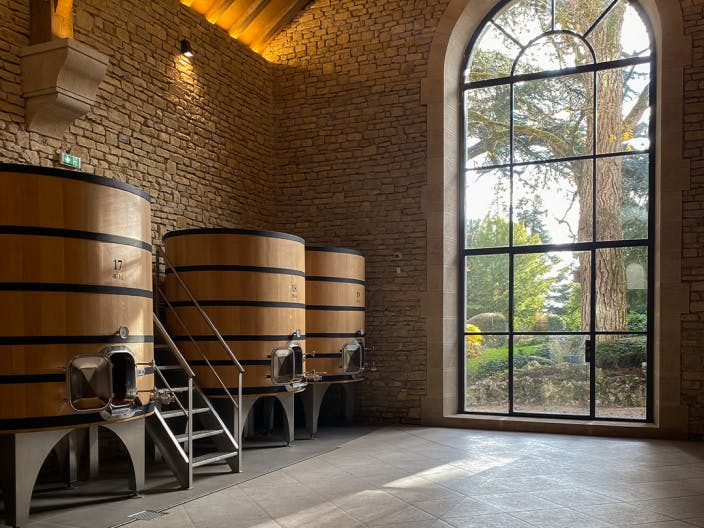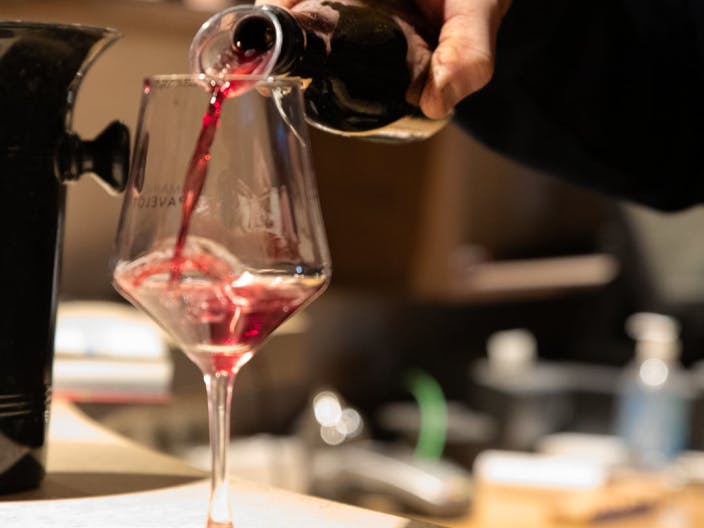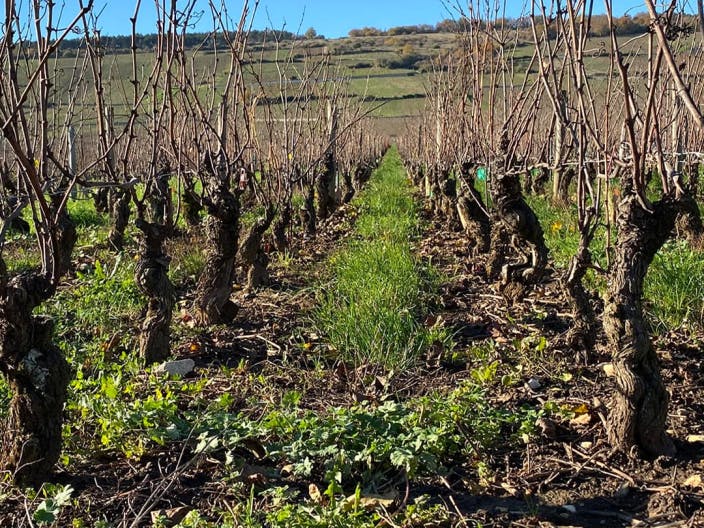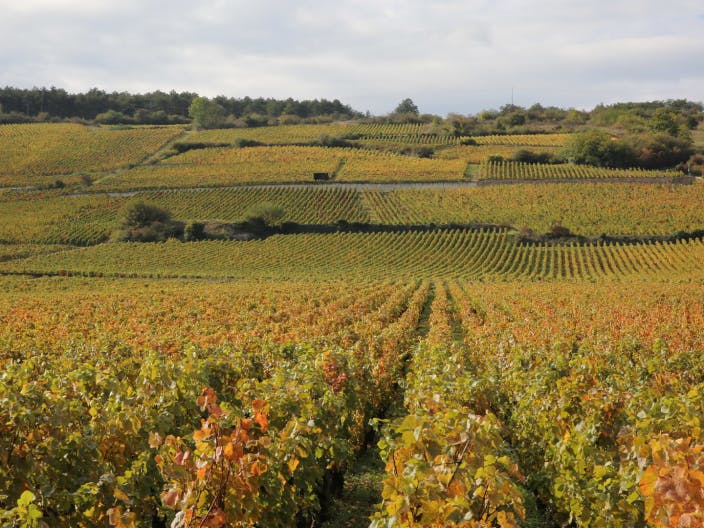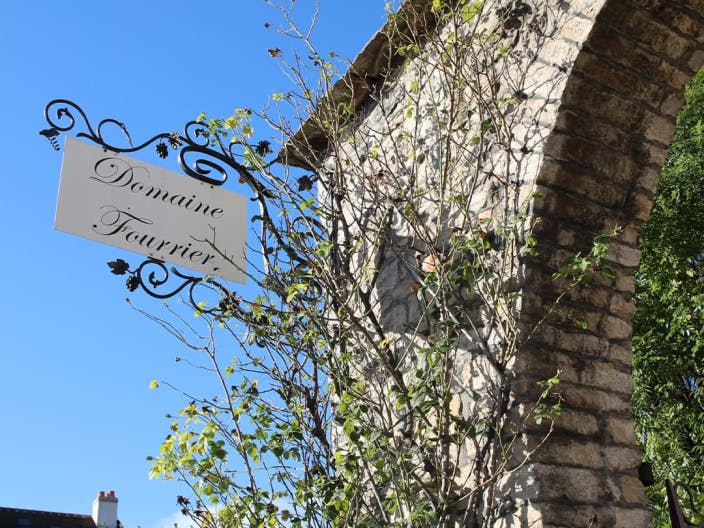About the region
Along with Bordeaux, Burgundy is arguably France’s most prestigious wine region. It has a long history of fine wine production, with its wines highly praised for centuries. The earliest evidence of wine production dates back to Roman times but this eastern province of central France really gained notoriety during the medieval period, when the wines played an important economic and political role in the region, maintained by the Church and the aristocracy, right up until the French revolution.
In more recent times the large négociant houses (generally bigger operations that buy in grapes or must to make wine) were responsible for raising the region’s reputation, exporting the wines all over the world. Today, the négociant houses continue to play an important role, but – at a time when the wines have never been so popular or expensive – it is the individual five-star domaines (producers that own and farm their own vineyards) that are the most revered and collected.
That’s not to say Burgundy is purely a fine wine producer; with vines spanning close to 100 appellations, 3,000 producers and 26,000 hectares, there is inevitably huge diversity of style and quality. The Burgundy wine region is split into six areas and fine wine lovers tend to zone in on a narrow slice of limestone to the south of mustard-making capital Dijon: the Côte d’Or (literally translating as “the golden slope”).
The Côte de Nuits and Côte de Beaune
The northerly half of the Côte d’Or is known as the Côte de Nuits and is best known for its peerless Pinot Noir from villages including Gevrey-Chambertin, Morey-Saint-Denis, Chambolle-Musigny, Vougeot, Vosne-Romanée and Nuits-Saint-Georges (running north to south).
The majority of the Côte de Beaune’s vineyards lie to the south of the town of Beaune and it is best known for its whites from around the villages of Puligny-Montrachet, Chassagne-Montrachet and Meursault. It is also here where you find the world’s most well-known and expensive white wines from the historic Grand Cru of Montrachet. The Côte de Beaune is also home to the red-wine appellations Pommard and Volnay.
Burgundy’s complex appellation system
Along the length of the Côte d’Or, appellations are divided into a multitude of named single vineyards and there are often a host of growers that own specific rows within each of these sites. Occasionally you’ll find a single vineyard with a single owner, denoted by the term “monopole”. If that wasn’t confusing enough, the vineyards are classified on the basis of their location, so in ascending order of prestige you’ll find village, Premier Cru and Grand Cru on the label. Getting to know Burgundy requires a reference book, a sense of adventure and a deep wallet – but it’s worth it.
Burgundy beyond the Côte d’Or
From north to south, Burgundy’s regional appellations are Chablis, famous for its mineral-laced whites, through the Côte d'Or to the Côte Chalonnaise and Mâconnais, which offer great value. Some of the top producers in the more famous appellations, including Pouilly-Fuissé, can rival the Côte d’Or.
You’ll find Beaujolais at the southerly tip of Burgundy, a region enjoying a renaissance, where ambitious producers are making seriously savoury Gamay worthy of any Burgundian feast.
For many fine wine lovers, the wines of Burgundy have no parallel – however exceptional Pinot Noir and Chardonnay is now being made around the world, in California, Oregon, South Africa, Australia, New Zealand and South America – giving Burgundy a run for its money.
